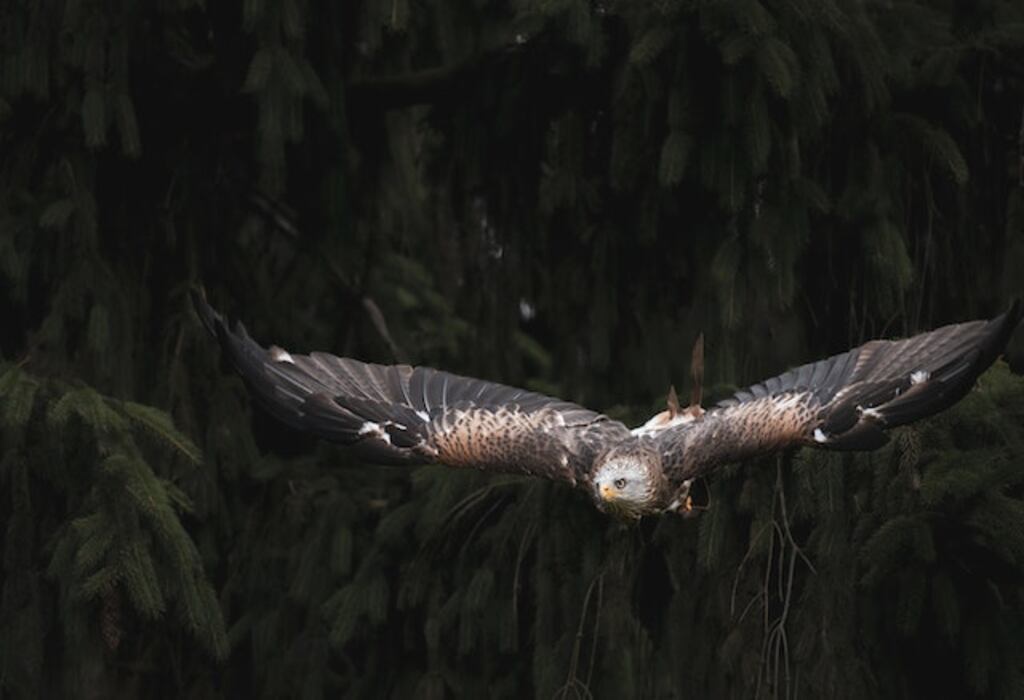Do Eagles Eat Pigeons? Prepare to take flight into the captivating world of these majestic predators as we uncover the truth behind their culinary choices.
With their awe-inspiring wingspan and sharp eyesight, eagles command our attention as they navigate the skies in search of sustenance.
In this article, we delve into the intricate relationship between eagles and pigeons, exploring their hunting behavior, dietary preferences, and the complex dynamic between these avian species.
Get ready to embark on a feathered journey as we unveil the secrets of whether eagles truly indulge in the humble pigeon.
Table of Contents [show]
Key Takeaways
- Eagles are natural predators of pigeons and can impact their size and distribution.
- Eagle predation helps regulate pigeon populations in urban environments, preventing overpopulation and ecological imbalances.
- Pigeons have evolved strategies such as flocking behavior and quick flight to evade eagle predation.
- Understanding the dynamics between eagles and pigeons is essential for managing urban ecosystems.
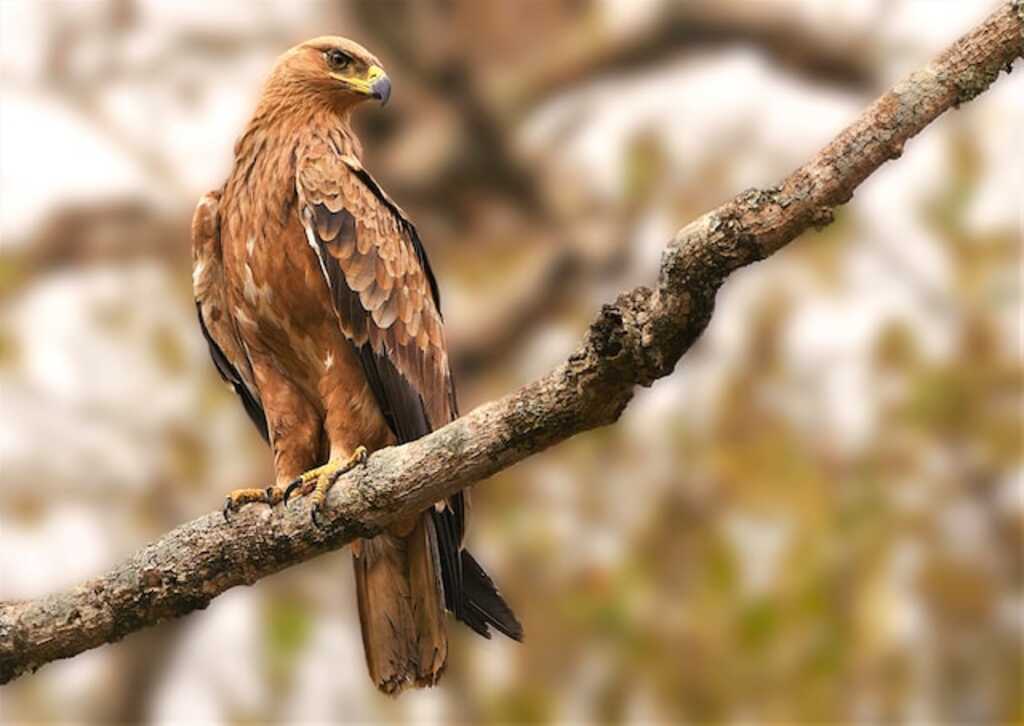
Do Eagles Eat Pigeons
Yes, eagles do eat pigeons. Pigeons are among the various prey species targeted by eagles. Their abundance in urban areas makes them an enticing food source for these majestic predators, showcasing their adaptability and resourcefulness in hunting.
| Question | Answer |
|---|---|
| Do Eagles Eat Pigeons? | Yes |
| Prey Species | Pigeons |
| Abundance | Abundant in urban areas |
| Hunting Behavior | Eagles target pigeons as a food source |
| Adaptability | Eagles showcase adaptability in hunting urban prey |
| Resourcefulness | Pigeons serve as an enticing and accessible food source |
Introduction to Eagles and their Predatory Behavior
Eagles, with their awe-inspiring predatory behavior, are renowned for their remarkable ability to hunt and capture various prey, including pigeons.
These majestic birds employ a range of hunting techniques to secure their meals. One such technique is known as stooping, where the eagle dives from a great height to surprise and snatch its prey.
Another method is perching, where the eagle patiently waits for an opportunity to strike. When it comes to interacting with pigeons, eagles exhibit extraordinary adaptability and precision.
Their sharp talons and powerful beaks enable them to swiftly subdue their prey, while their keen eyesight allows them to spot pigeons from great distances.
As eagles are opportunistic hunters, they will readily prey upon pigeons when the opportunity arises.
Transitioning to the subsequent section, eagles display a diverse range of prey preferences, which we will explore next.
Types of Prey Eagles Hunt
The types of prey that eagles hunt can be categorized into three main groups: small mammals and rodents, fish and waterfowl, and reptiles and amphibians.
Eagles have a diverse diet and are skilled hunters, capable of capturing a wide range of prey. They have sharp talons and beaks that allow them to secure and consume their prey with precision and efficiency.
Small mammals and rodents
Small mammals and rodents serve as a vital food source for eagles. These small creatures are often targeted by eagles due to their abundance and accessibility.
Rodents, such as mice, rats, and squirrels, form a significant portion of an eagle’s diet, providing them with necessary nutrients and energy.
To illustrate the importance of this prey category, consider the following table:
| Prey Category | Examples | Significance |
|---|---|---|
| Small Mammals | Mice, Rats, Squirrels | Vital food source for eagles |
| Nutritional Contribution | Provides necessary nutrients | Essential for eagle’s health and energy levels |
| Abundance | Abundant and accessible | Easily targeted by eagles due to their numbers |
This table highlights the significant role that small mammals and rodents play in an eagle’s diet, providing essential nutrients and energy while being readily available for hunting.
Eagles exhibit specific feeding habits when hunting small mammals and rodents.
They employ their keen eyesight to spot potential prey from a great distance, then swoop down with incredible speed and precision to catch their target.
This hunting technique showcases the eagle’s exceptional hunting abilities.
As we transition to the next section discussing ‘fish and waterfowl,’ it is important to note that eagles have a diverse diet, reflecting their adaptability and wide range of prey preferences.
Fish and waterfowl
Fish and waterfowl are essential components of an eagle’s diet, exemplifying the principle that variety is the spice of life.
Eagles are opportunistic predators, and their diet largely depends on the availability of prey in their habitat.
Fish, such as trout, salmon, and carp, make up a significant portion of an eagle’s diet, especially for those that inhabit coastal regions or near bodies of water.
They use their sharp talons to snatch fish from the water’s surface or dive to catch them.
Additionally, waterfowl, including ducks, geese, and swans, are also targeted by eagles. These birds provide a rich source of nutrients and are often captured through aerial attacks or ambushes.
Understanding the eagle’s diet and its ability to adapt to various food sources is crucial in comprehending their ecological role and conservation efforts.
Transitioning into the subsequent section about reptiles and amphibians, eagles also exhibit predation behavior towards these creatures.
Reptiles and amphibians
Reptiles and amphibians found in the eagle’s habitat become potential prey as they exhibit their predatory behavior towards these creatures.
Eagles are opportunistic hunters and will take advantage of any available food source.
They have been observed hunting various reptiles such as snakes and lizards, as well as amphibians like frogs and tadpoles.
These prey species are often found near bodies of water, which are common habitats for eagles.
However, it is important to note that while eagles may feed on reptiles and amphibians, they also play a crucial role in maintaining the balance of these populations.
As top predators, eagles help control the population sizes of these creatures, which in turn contributes to the overall health of the ecosystem.
Conservation efforts aimed at protecting both eagles and their prey species are essential for maintaining biodiversity and ecological stability.
Transitioning into the subsequent section about ‘eagles’ hunting techniques’, it is fascinating to explore how these majestic birds employ their skills to capture their prey.
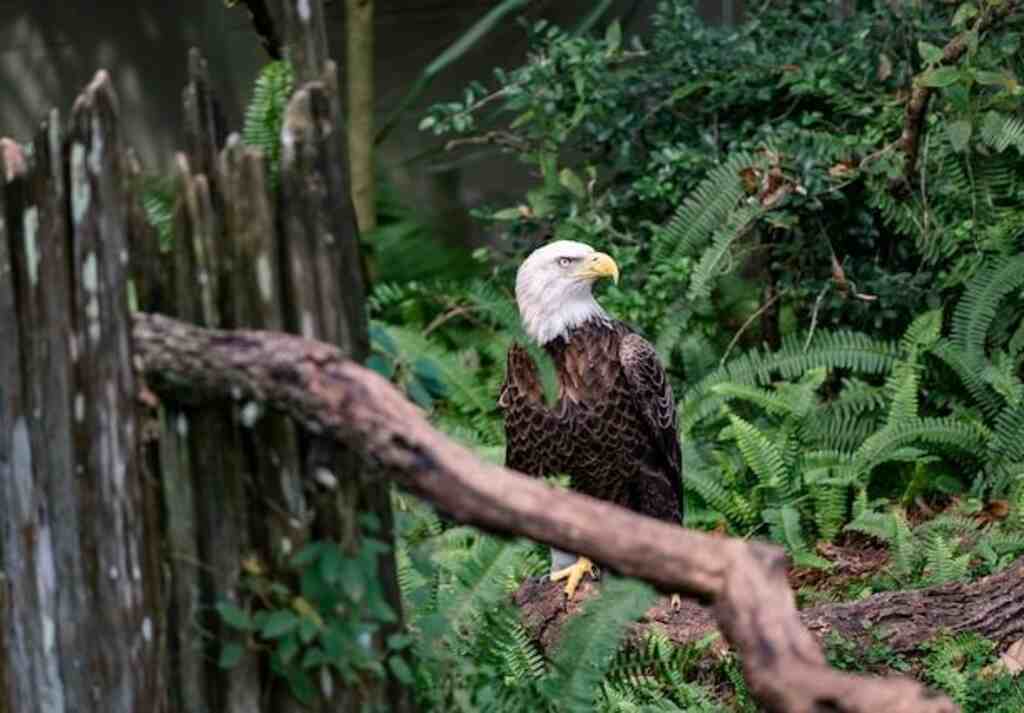
Eagles’ Hunting Techniques
Eagles employ a variety of hunting techniques to capture their prey.
One such technique is soaring and scanning for prey, wherein eagles glide at high altitudes, using their keen eyesight to locate potential targets.
Once a prey is identified, the eagle swiftly dives and swoops down on its target, using its powerful talons to seize and immobilize the prey.
Additionally, eagles are known to ambush their prey from perches, patiently waiting for an opportune moment to strike.
These hunting techniques showcase the eagle’s adaptability and efficiency in securing their next meal.
Soaring and scanning for prey
As they glide effortlessly through the sky, birds of prey meticulously survey their surroundings, their keen eyes scanning for any sign of potential prey.
Eagles, known for their impressive flight patterns, utilize soaring as a key hunting technique.
By riding thermal currents, they are able to conserve energy while maintaining a high vantage point, allowing them to spot potential prey from a distance.
Pigeons, on the other hand, have evolved defense mechanisms to evade their predators, such as quick and agile flight and the ability to change direction rapidly.
These strategies challenge the hunting prowess of eagles, forcing them to rely on their exceptional vision and agility to successfully capture their prey.
Transitioning to the next subtopic, diving and swooping down on prey, eagles employ a breathtaking aerial maneuver to secure their meal.
Diving and swooping down on prey
Utilizing their exceptional aerial skills, birds of prey execute a remarkable maneuver known as diving and swooping down on their prey.
This predatory technique is a crucial aspect of their hunting strategies, enabling them to effectively capture their targets.
During the dive, the bird rapidly descends from a high altitude, often reaching incredible speeds. This allows them to surprise their unsuspecting prey with lightning-fast precision.
As they approach their target, the bird adeptly adjusts its body position, extending its talons forward to maximize the chances of a successful capture.
The dive is executed with such speed and accuracy that the prey often has little time to react or escape.
This hunting behavior demonstrates the remarkable adaptability and prowess of birds of prey in their quest for sustenance.
Transitioning into the subsequent section about ambushing from perches, these birds also utilize another cunning strategy to secure their meals.
Ambushing from perches
Eagles exhibit various hunting techniques to capture their prey efficiently. One such technique is ambushing from perches.
Eagles are known for their exceptional vision, which allows them to spot potential prey from great distances.
They carefully choose their perches, such as tall trees or cliffs, where they can have a clear view of their surroundings.
From these vantage points, eagles patiently wait for an opportunity to strike. They remain motionless, blending in with their surroundings, minimizing the chances of detection by their prey.
When an unsuspecting target comes within range, the eagle swiftly launches itself from the perch, utilizing its powerful wings to glide down and seize its prey with its sharp talons.
This perch hunting technique allows eagles to conserve energy while ensuring a successful hunt.
Transitioning into the subsequent section, eagles’ preference for live prey showcases their predatory instincts and hunting prowess.
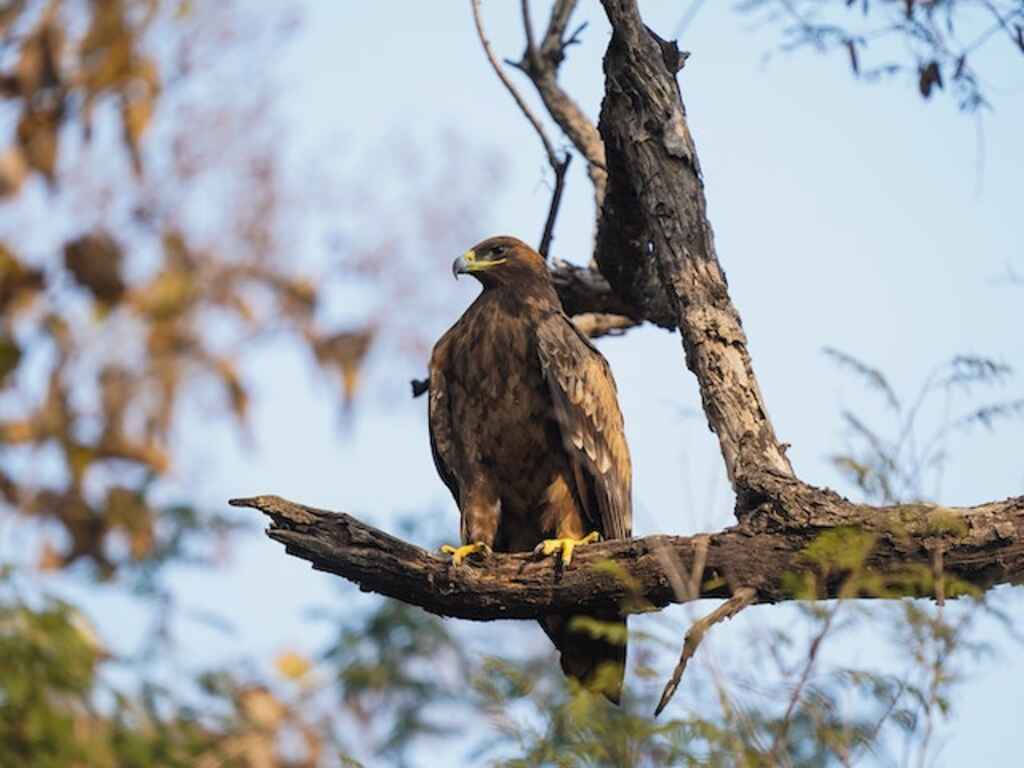
Eagles’ Preference for Live Prey
One interesting aspect to consider is the eagles’ strong preference for live prey, which plays a significant role in their hunting behavior.
Eagles are known for their remarkable hunting strategies and their ability to select suitable prey.
They exhibit a wide range of hunting techniques such as ambushing from perches, aerial pursuits, and surprise attacks.
When it comes to prey selection, eagles have a clear preference for live animals. They are adapted to capture and immobilize their prey with their strong talons and sharp beaks.
This preference for live prey allows them to satisfy their nutritional needs and maintain their energy levels. To better understand the eagles’ preference for live prey, let’s take a look at the following table:
| Hunting Technique | Prey Selection |
|---|---|
| Ambushing from perches | Live animals |
| Aerial pursuits | Fast-moving prey |
| Surprise attacks | Unaware targets |
Considering the eagles’ preference for live prey, it is worth exploring the potential of pigeons as prey for eagles.
Pigeons as Potential Prey for Eagles
Considering the remarkable hunting strategies and strong preference for live prey exhibited by eagles, it is intriguing to explore the potential of pigeons as a viable food source for these majestic birds of prey.
- Competition: Interactions with other birds, such as crows and seagulls, can result in intense competition for food resources. Eagles may target pigeons as a means to outcompete other species and secure their food supply.
- Adaptability: Pigeons are abundant in urban areas, providing a readily available food source for eagles. Their ability to adapt to various environments makes them an attractive option for eagles, especially in habitats where traditional prey may be scarce.
- Hunting strategies: Eagles are known for their exceptional hunting skills, utilizing strategies such as soaring, stooping, and ambushing to catch their prey. Pigeons’ predictable flight patterns and tendency to gather in flocks make them susceptible to these hunting techniques.
Factors that may influence eagles’ pigeon predation include environmental conditions, prey availability, and competition from other predators.
Understanding these factors will further enhance our knowledge of the complex interactions between eagles and pigeons, shedding light on the dynamics of avian predation.
Factors That May Influence Eagles’ Pigeon Predation
Pigeons are often considered potential prey for eagles, but the actual predation rates may vary depending on various factors. One such factor is the influence of habitat on eagle-pigeon interactions.
Eagles tend to prefer habitats with open spaces, such as grasslands or marshes, where they can spot their prey from a distance.
Therefore, the availability and distribution of suitable habitats for both eagles and pigeons could significantly affect their interactions.
Additionally, the impact of climate on eagle-pigeon predation cannot be overlooked.
Climate conditions, such as temperature, precipitation, and wind patterns, can directly or indirectly influence the behavior and movements of both eagles and pigeons, subsequently affecting their predation dynamics.
Understanding these factors is crucial for comprehending the complex nature of eagle-pigeon interactions.
In the subsequent section, we will delve into observations and studies that shed light on this intriguing relationship.
Observations and Studies on Eagle-Pigeon Interactions
To investigate the dynamics of interactions between eagles and pigeons, numerous observational studies have been conducted, providing valuable insights into the relationship between these two species.
- Eagles and pigeons engage in intense aerial chases, with eagles often pursuing pigeons in a bid to capture them as prey.
- Pigeons, on the other hand, employ evasive maneuvers such as rapid flight and quick changes in direction to escape predation.
- The eagle-pigeon conflict is not only an intriguing behavioral spectacle, but also holds important ecological implications. Pigeons serve as a significant food source for eagles, contributing to their energy requirements and population dynamics.
- Additionally, the predation pressure exerted by eagles on pigeon populations may influence the distribution and abundance of pigeons in certain habitats.
Understanding the intricacies of these interactions sheds light on the ecological dynamics and predator-prey relationships in avian communities.
This knowledge can further inform conservation efforts and management strategies aimed at preserving both eagle and pigeon populations.
Transitioning to the subsequent section about ‘other factors in eagles’ diet’, it is important to consider additional prey species that eagles rely on for sustenance.
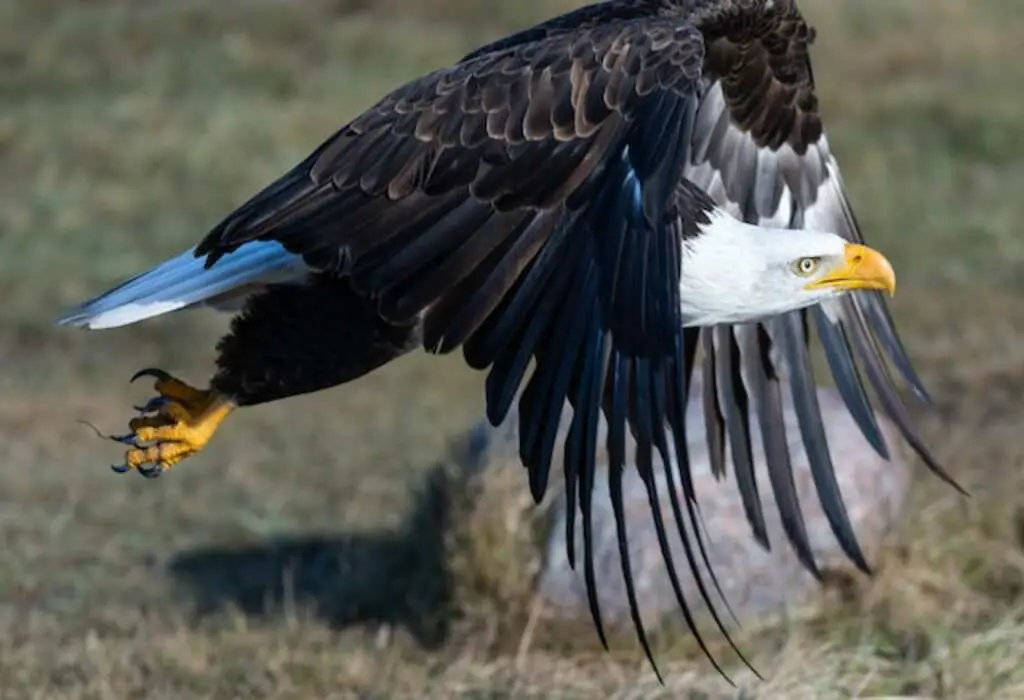
Other Factors in Eagles’ Diet
This discussion will explore two additional factors that influence the diet of eagles: carrion and scavenging habits, and interspecies competition and predation.
Carrion, or the feeding on dead animals, is a common behavior among eagles and contributes significantly to their diet.
Eagles are also engaged in interspecies competition, where they compete with other predators for food resources, and predation, where they hunt and consume other animals.
Understanding these factors is crucial for comprehending the overall feeding ecology of eagles and their role within ecosystems.
Carrion and scavenging habits
Carrion and scavenging habits are important factors to understand when exploring the dietary preferences of eagles.
Carrion feeding refers to the consumption of dead animals, while scavenging behavior involves searching for and consuming already dead prey.
Eagles are known to exhibit both of these behaviors as part of their feeding habits.
They have a keen sense of smell that allows them to detect carrion from long distances, and they are often observed scavenging on carcasses, particularly during periods of food scarcity.
This ability to feed on carrion and scavenge for food provides eagles with an important alternative food source when their preferred prey is not readily available.
Understanding this carrion feeding and scavenging behaviors is crucial for comprehending the overall diet and ecological role of eagles in their respective habitats.
Transitioning into the subsequent section about interspecies competition and predation, it is important to consider how these behaviors may influence the interactions between eagles and other species.
Interspecies competition and predation
Interspecies competition and predation within the eagle’s habitat can be likened to a fierce battle for survival, where numerous species compete for limited resources and engage in predator-prey relationships that shape the delicate balance of the ecosystem.
This ecological dance of interactions plays a crucial role in maintaining biodiversity and regulating populations.
In the context of eagles and pigeons, competition for food resources is a significant factor. Eagles, being apex predators, have a dominant position in the food chain and often outcompete other species for prey.
Additionally, their hunting prowess and adaptability give them an advantage in capturing pigeons.
On the other hand, pigeons have evolved various strategies such as flocking behavior and quick flight to evade predation.
Understanding these interspecies dynamics provides crucial insights into the ecological relationships that shape ecosystems.
Transitioning into the subsequent section, the impact of eagles on pigeon populations becomes evident.
Impact of Eagles on Pigeon Populations
The predation of eagles on pigeon populations has been shown to have a significant impact on the overall size and distribution of pigeon populations in certain regions.
In urban environments, where pigeons are abundant, the presence of eagles can serve as a form of population control.
Eagles are natural predators of pigeons and their presence can help regulate pigeon numbers, preventing overpopulation and subsequent ecological imbalances.
This interspecies competition plays an important role in maintaining the health and stability of urban ecosystems. The impact of eagles on pigeon populations can be visualized in the following table:
| Impact of Eagles on Pigeon Populations |
|---|
| Reduced pigeon population |
| Improved ecological balance |
| Prevention of overpopulation |
| Enhanced biodiversity |
| Increased resource availability |
The complex relationship between eagles and pigeons involves the role of eagles as natural predators, exerting population control and impacting the size and distribution of pigeon populations.
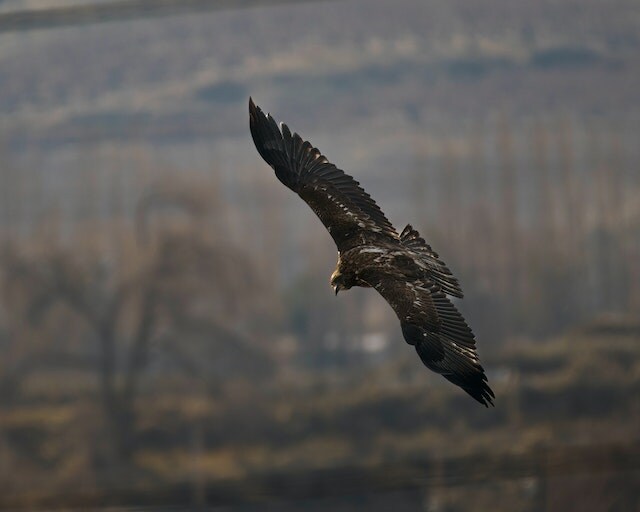
Conclusion: The Complex Relationship between Eagles and Pigeons
The relationship between eagles and pigeons is intricate and multifaceted, with eagles playing a crucial role in regulating pigeon populations and maintaining ecological balance in urban environments.
Eagles are opportunistic predators and have been known to prey on pigeons, particularly in areas where their populations are high.
However, the impact of eagles on pigeon populations is not as straightforward as it may seem. Here are three key aspects to consider:
- Eagles’ role as top predators helps control pigeon populations and prevent overpopulation.
- Pigeons have evolved various strategies to avoid predation by eagles, such as flocking together and utilizing urban structures for protection.
- The presence of eagles can create a sense of fear among pigeons, altering their behavior and distribution patterns.
Understanding the complex dynamics between eagles and pigeons is essential for managing urban ecosystems.
It highlights the need for further research to fully comprehend the intricate relationship between these two species.
This knowledge can inform conservation efforts and help maintain a healthy balance between eagles and pigeons in urban environments.
Transitioning into the subsequent section about ‘FAQs: common questions about eagles’ diet and pigeon predation,’ it is important to explore the specific dietary preferences of eagles and their impact on pigeon populations.
Frequently Asked Questions
How many pigeons can an eagle eat in a single day?
Eagles’ prey preferences and hunting techniques vary depending on their species and geographical location. However, it is difficult to determine the exact number of pigeons an eagle can consume in a single day without further research and specific data.
Do eagles ever eat dead pigeons or do they only prefer live prey?
Eagles feeding habits vary depending on their environment and available prey. Urbanization can impact eagle’s diet by reducing their access to natural habitats and forcing them to adapt to scavenging on dead animals, including pigeons.
Are there any specific species of eagles that are known to specifically target pigeons?
Some eagle species, such as the African fish eagle and the golden eagle, have been observed to target pigeons as part of their diet. Understanding eagle-pigeon interactions and predation dynamics can provide insights into these specific species’ feeding behavior.
Do eagles ever hunt pigeons in urban areas or do they primarily target them in more natural habitats?
Eagles primarily hunt pigeons in more natural habitats, but there have been instances of urban hunting. While natural habitats provide more opportunities for hunting, urban areas can offer an alternative food source due to the presence of pigeons.
What are some other factors besides pigeons that make up the majority of an eagle’s diet?
Eagle hunting techniques vary, but pigeons do play a significant role in their diet. However, other factors also contribute, such as fish, small mammals, reptiles, and waterfowl. The impact of pigeon population on eagle diet is complex and varies across different habitats.

